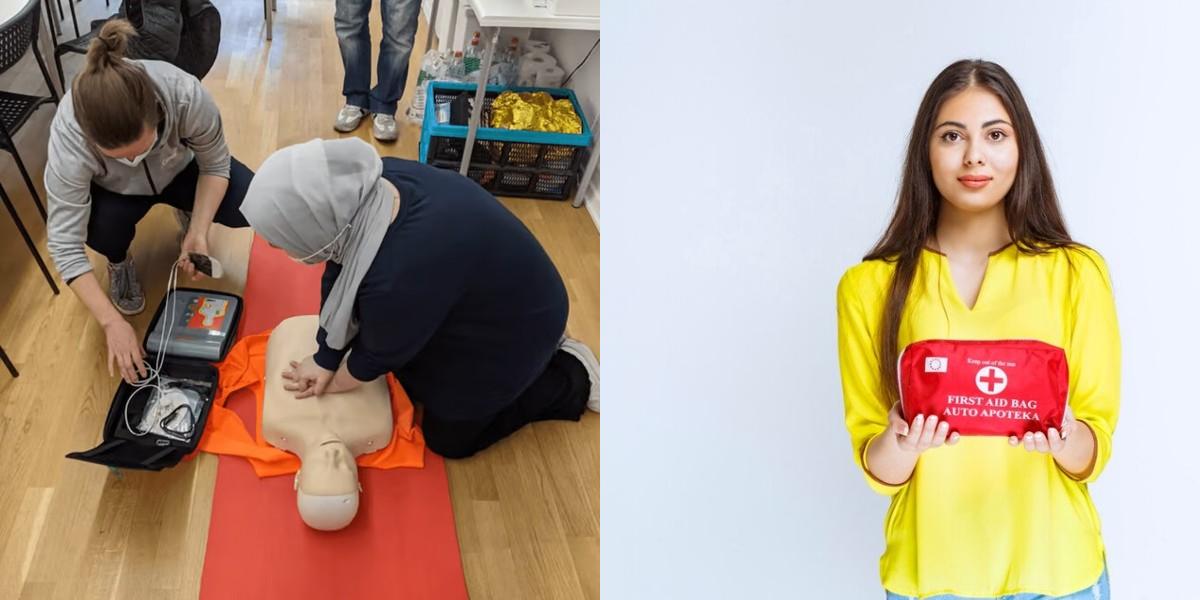CPR-BLS vs First Aid

In emergencies, every second counts, and the ability to step in with medical assistance could be the difference between life and death. Whether its performing CPR on someone whos stopped breathing or bandaging a wound, both CPR-BLS and First Aid training equip you with vital skills to handle critical situations.
However, while these certifications might seem similar, they serve different purposes. So, how do you know which one to pursue? Let's break down the key differences to help you make an informed decision.
First Aid Providers
First Aid training, on the other hand, is more accessible and can be applied across various fields. From schools and workplaces to recreational centers, theres always a need for someone who knows how to act in emergencies. The training is often quicker and can be completed online or in person. Salaries for First Aid providers vary, with the median wage for healthcare support occupations being around $31,040 annually.
Why Get Certified?
Imagine this: Youre at a family gathering, and suddenly, a relative collapses. Theyve stopped breathing. Do you know what to do? With CPR-BLS training, you could save their life before paramedics arrive. Or maybe you're hiking with friends, and one of them twists their ankleyour First Aid knowledge could prevent further injury and keep them safe.
These certifications arent just about jobs or resumes; theyre about becoming the person who can make a difference when it matters most.
Final Thoughts
Whether its saving lives with CPR-BLS or helping someone recover from an injury with First Aid, both certifications give you the power to act in emergencies. The question is: How prepared do you want to be? By learning these essential skills, you'll not only gain confidence but also the ability to positively impact someones life when every second counts.

Fel is a student support representative who guides enrollees to the right program and answers their queries. She's committed to helping students and takes pride in her work. In her free time, she enjoys sightseeing and hanging out with loved ones.



